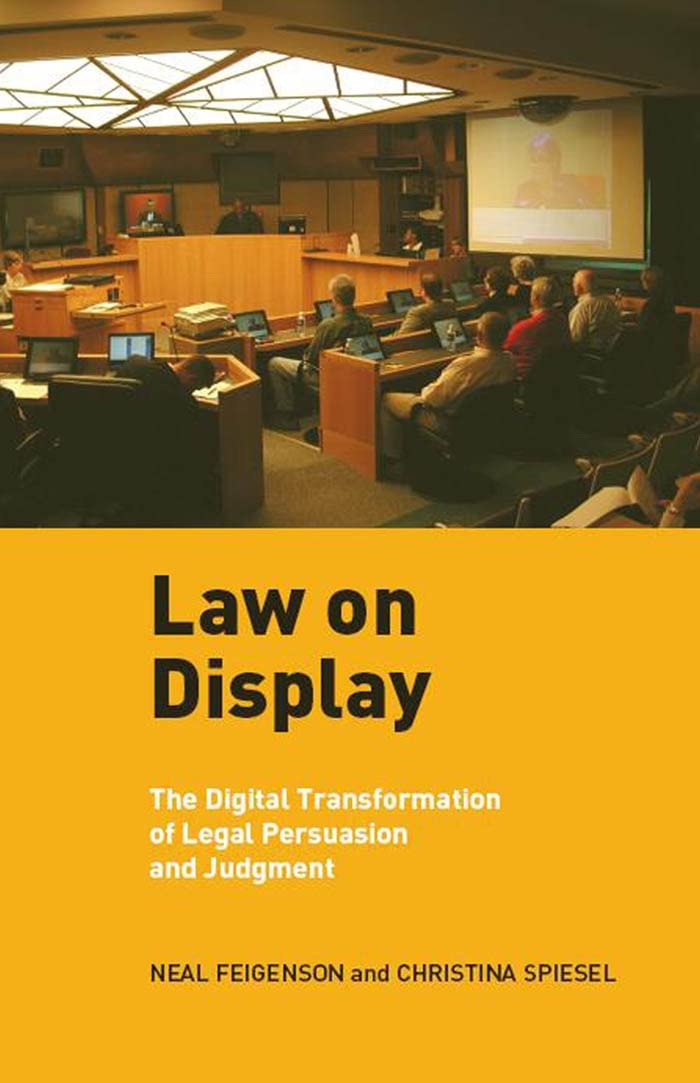

Full description not available
S**.
The Need for Digital Literacy
"Law on Display," by Neal Feigenson and Christina Spiesel, addresses a new development in the law: the use of digital images in the courtroom. Today's digital images can take many different forms--from the more traditional digital videos to the more advanced computer animation. As lawyers increasingly rely on digital images to present their case in the courtroom, what effects will such presentations have on the decision-maker? Feigenson and Spiesel argue that these images can be very persuasive--in ways that the decision-maker, whether judge or jury, might be unaware of--so it behooves judges, lawyers, and jurors to make sure that they become digitally literate. Anyone who enters a courtroom or who cares about the justice system should read this book; it provides an essential overview of the ways in which digital images have entered the courtroom and it assesses their effects in a fair and balanced manner.Feigenson and Spiesel's book urges those who participate in trials to think about the ways that images are being used in today's courtroom. Images are different than words; images can draw the viewer into the narrative in ways that words or sounds cannot do. The upside is that images can aid in comprehension. They can teach jurors about complicated subjects and maintain their interest at the same time. Yet the downside is that images can become so fully engaging that the viewer loses distance and the ability to critique what he or she sees. Although such a response is fine in the movie theater, it is not appropriate in the courtroom.How can judges and jurors resist the inclination to be swept away by powerful images and the narrative they tell? Part of the answer lies in education. Judges need to become aware of how powerful images can be and need to think about how jurors should be instructed so that they assess with a critical eye the images they are shown. Part of the answer lies in the adversarial system and the idea that lawyers need to become digitally literate so that they can reveal, through cross-examination, the ways in which digital images are not always as they appear. Perhaps, most important, lawyers and judges need to discuss these issues now before digital presentations become even more pervasive in the courtroom.Feigenson and Spiesel do not think there is any turning back. They argue that technology has entered the courtroom and it is here to stay. Their point is that lawyers, judges, and jurors need to be educated so that they can think critically about digital images and digital technology. This book is a wake-up call to lawyers, judges, and jurors that the trial has changed in a significant way, but it also provides a starting-point in helping all of us to become digitally literate.
Trustpilot
1 month ago
5 days ago